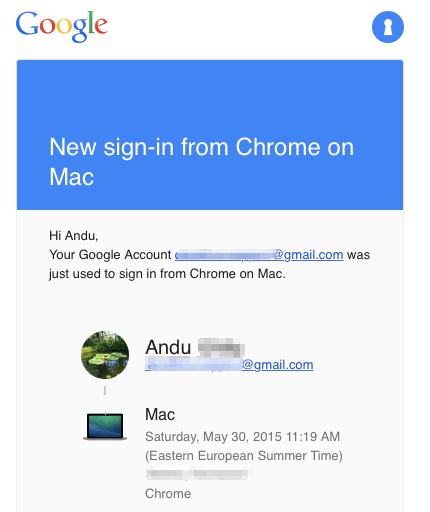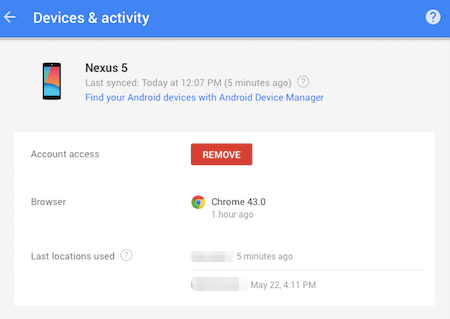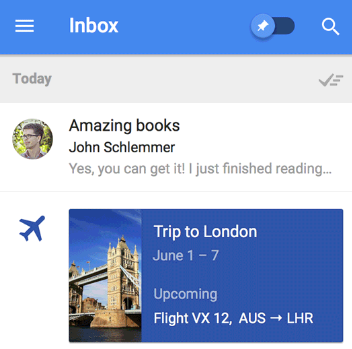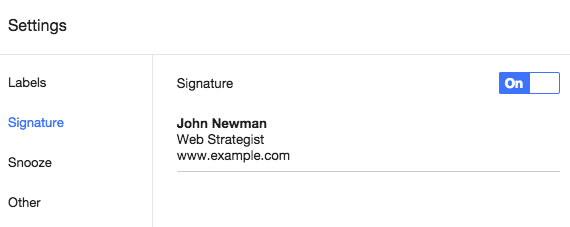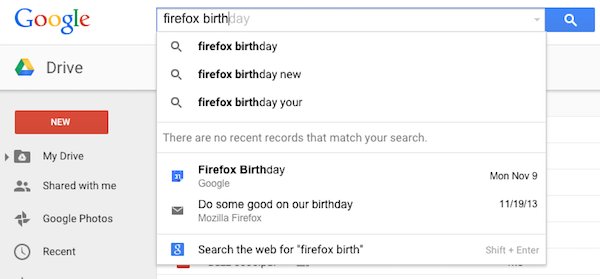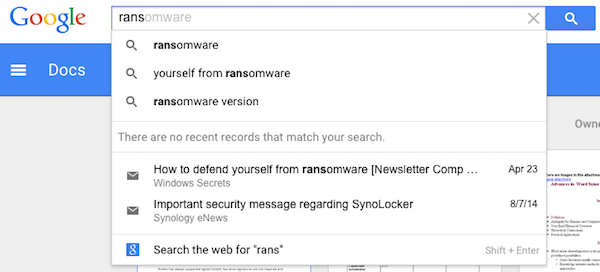Android M was announced today and it's available as
a preview for developers. It brings some new features and makes some radical changes that improve battery life and user privacy.
The most significant change is a new permission model that's also used by iOS. Until now, users could only install an app by granting all the permissions requested by the app and couldn't revoke permissions. In Android M, the app requests permissions as it needs them and users can always grant or revoke permissions from the settings.
Android's backup and restore feature has always been way behind iOS and that's about to change in Android M. Google used to save device settings and the list of apps you've installed, but not their data and settings. "Automatic backups are enabled for all apps installed on devices running the Android M Preview. No additional app code is required,"
informs Google. For now, users can store up to 25MB per Android app and "backups occur every 24 hours, when the device is idle, charging, and connected to a Wi-Fi network."
Doze is a new feature that saves battery life. "If a device is unplugged and left stationary with the screen off for a period of time, it goes into Doze mode where it attempts to keep the system in a sleep state. In this mode, devices periodically resume normal operations for brief periods of time so that app syncing can occur and the system can perform any pending operations,"
informs Google. A lot of features are disabled in the Doze mode: network access (except for high priority Google Cloud Messaging tickles), wake locks, WiFi scans, syncing.
Another power optimization feature is app standby. "The system may determine that apps are idle when they are not in active use. Your app is considered idle after a period of time, unless the system detects any of these signals: the app is explicitly launched by the user, the app has a process currently in the foreground, the app generates a notification that users see on the lock screen or in the notification tray or the user explicitly asks for the app to be exempt from optimizations, via Settings. If the device is unplugged, apps deemed idle will have their network access disabled and their syncs and jobs suspended."
Android Pay addresses Google Wallet's failure by creating an open platform for mobile payments. This time, Google partnered with 3 major US mobile carriers (AT&T, T-Mobile, Verizon), in addition to banks, payment processors and retailers. After
Softcard's demise, Android Pay will replace it. Google acquired Softcard technology a few months ago. It's worth pointing out that Android Pay is an app that
requires Android KitKat or later, so it's not clear why it was announced as an Android M feature.
Google Now will also
work inside Android apps. Tap and hold the home button and Google Now will show relevant information, including links to other useful apps. Say "OK Google" followed by a question and Google's answer will use the app's context. For example, you can ask "What's her latest album?" when listening to Mariah Carey in your favorite music app and Google will know that "her" refers to Mariah Carey.
Android M brings native support for fingerprint sensor, simplified volume controls, easy word selection with floating clipboard toolbar.
The updated launcher has an alphabetic app list and a search box that lets you quickly find an app. It also shows the most recently used apps at the top.
You cab change default apps from the settings, so it's easier to pick the default browser, phone app or SMS app.
Android M supports app link verification, so that links can open in an app without having to pick one first. You can disable app links in the settings.
There's also an updated memory stats section and you can find more information about apps.
Another improvement is that there's no longer an icon for Google Settings. This is now a section in the settings app.




